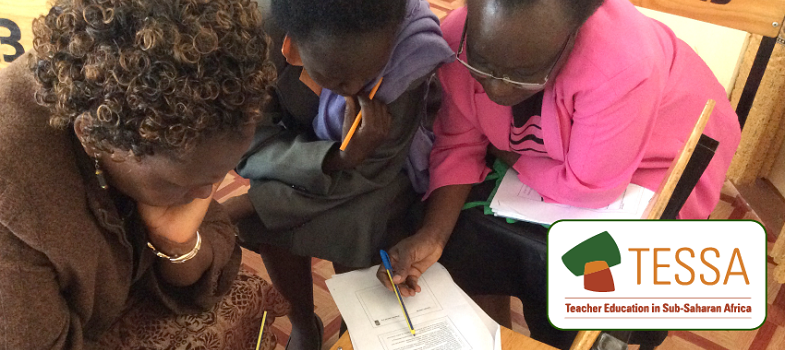4. Using language accessible to all
At the end of this chapter you will have guided the teachers in training to:
- identify the characteristics of a language accessible to all
- use strategies to ensure that all pupils understand
- develop support strategies to enhance all pupils’ understanding
- discover support strategies for technical vocabulary acquisition
- consider the use of the mother tongue to support learning.
Inclusive education means that the education provided is accessible to all. This is not limited to access to a physical space as is generally believed. It is often the case that another barrier to learning for some children is the language used. Not understanding what is being said is a cause of exclusion in the learning process. In this chapter we will examine different ways to ensure that the language used in class is understandable by all and accessible to all.
3.5 Focusing motivation to include all pupils in learning



